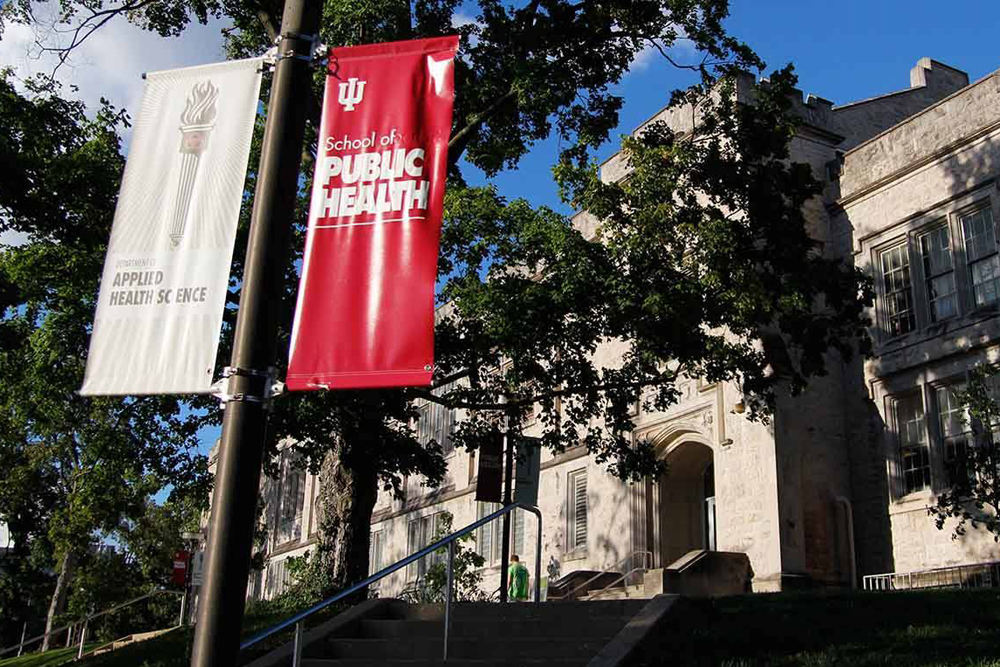"Tobacco 21," an initiative aimed at making products with nicotine less accessible for Indiana’s young people, would go a long way toward improving the state’s physical and fiscal health, says a public health expert.
Officially known as Senate Bill 245, now working its way through the legislative process, Tobacco 21 has the full support of Paul Halverson, dean of the School of Public Health at the University of Indiana-Indianapolis.
"It is really an important strategy,” he told Indiana Business Daily in a telephone interview.
The new law would make 21 the legal age to purchase tobacco products and vaping liquids that contain nicotine, and 18 the legal age to purchase any e-liquids, even those that do not contain nicotine. Military personnel would be exempt.
Raising the age would reduce the overall number of people who smoke, Halverson said, and lessen the number of smokers who, because they began as teenagers, find it difficult or impossible to quit.
“Most 16-year-olds know a lot of 18-year-olds whom they get to buy cigarettes for them" under the current legislation, Halverson said. "Statistically, not so many know a lot of 21-year-olds. So you interrupt the supply chain.”
Additionally, Halverson noted, teenagers do not have fully developed brains, which affects their decision-making, so delaying the availability of tobacco products until they are more mature means more of them are likely to make the logical decision not to smoke when they reach adulthood.
Vaping products, he said, are basically devices that not only serve as a gateway to smoking tobacco products but also deliver nicotine in often near-poisonous amounts. They also should not be easily accessible to teenagers.
“Tobacco use is the leading cause of preventable death in our state,” said Halverson, who pointed out that 20 percent of Indianans – and in some counties, 30 percent of pregnant women – smoke. The state ranks 41st out of the 50 states in health rankings largely because of its high rate of tobacco use.
In Indiana, he added, smoking tobacco products results in 11,000 needless deaths per year. Additionally, the medical costs and lost productivity caused by tobacco use set the state back $7 billion per year and are known to be a deterrent to attracting business to the state.
“It’s estimated that smokers get an additional three weeks vacation [time] per year because of smoking breaks and the like," Halverson said.
While public health officials are solidly behind raising the buying age, Halverson said that he and others oppose a military exemption as well.
"It's a bad idea," he said. "[The bill] would have a major effect on reducing use, but it needs no exceptions. And it needs to have some teeth — there needs to be a significant penalty."
Halverson said hundreds of studies have shown that by far the most effective deterrent to cigarette-buying by young people is price, and he supports making tobacco products expensive as well as illegal for teens.
“We don’t like taxes,” he said, but noted that the average household in Indiana pays $1,000 a year in taxes related to tobacco use and related medical expenses. That covers all of the state's households, including the 80 percent who don’t smoke or vape.

